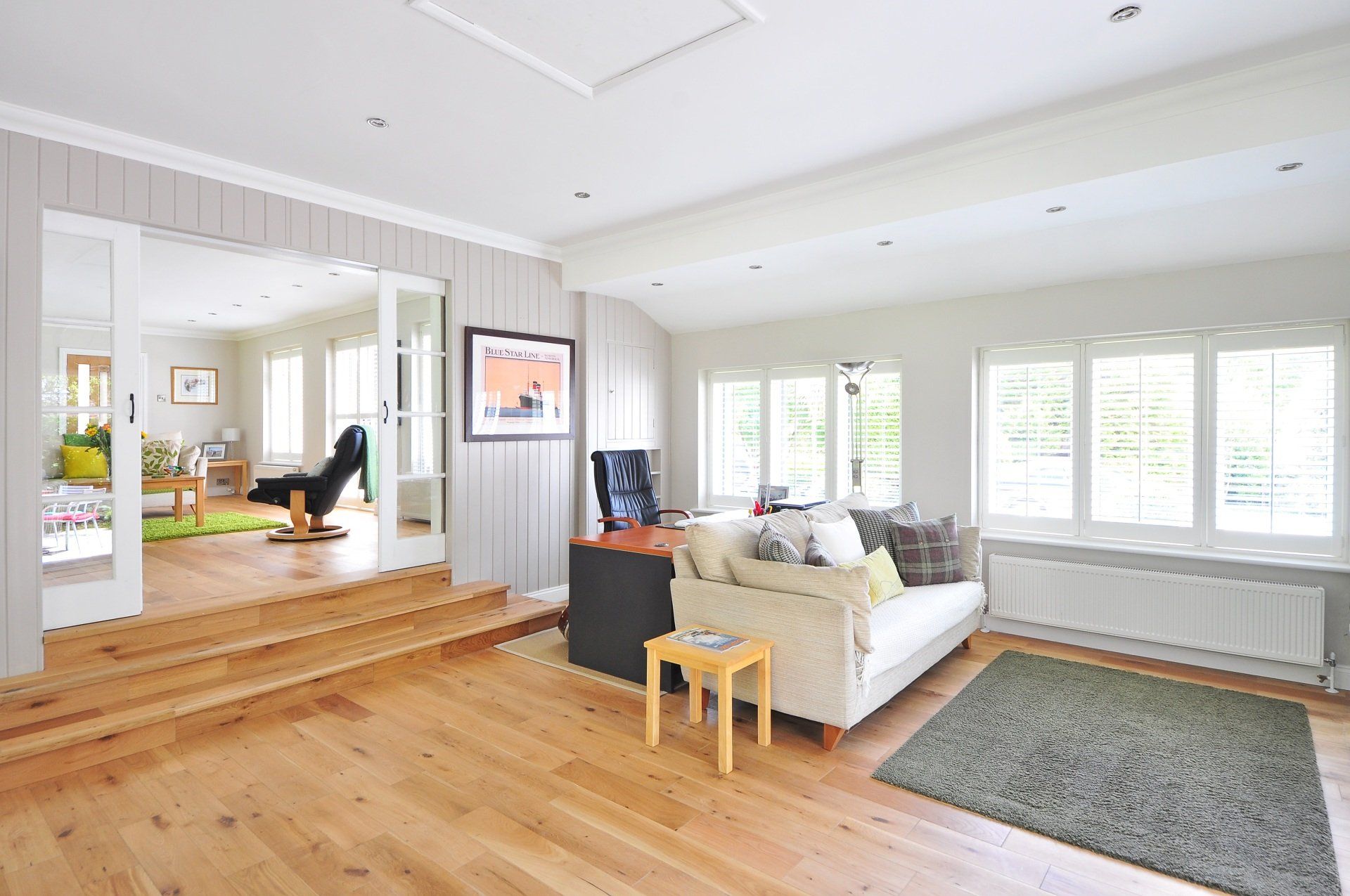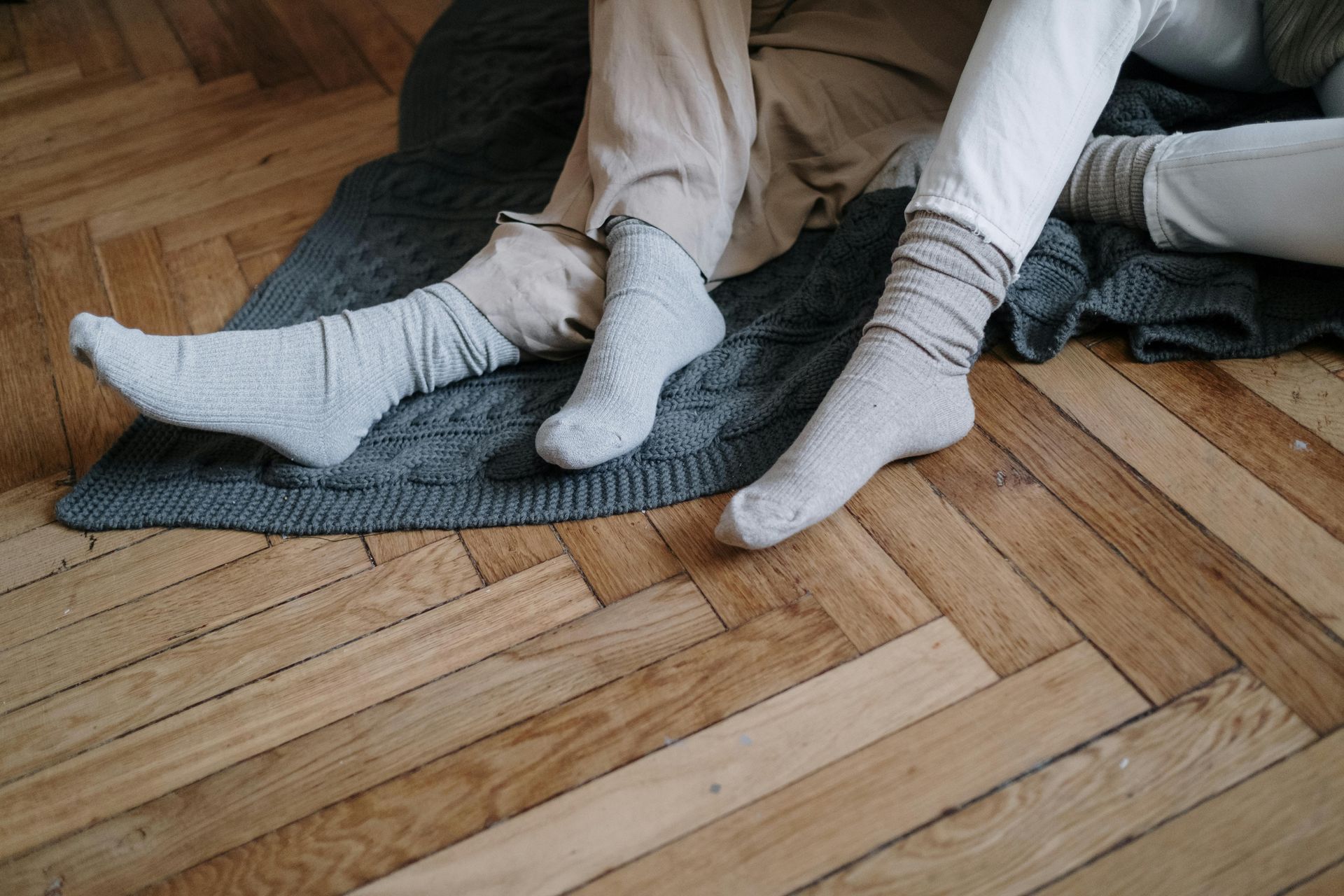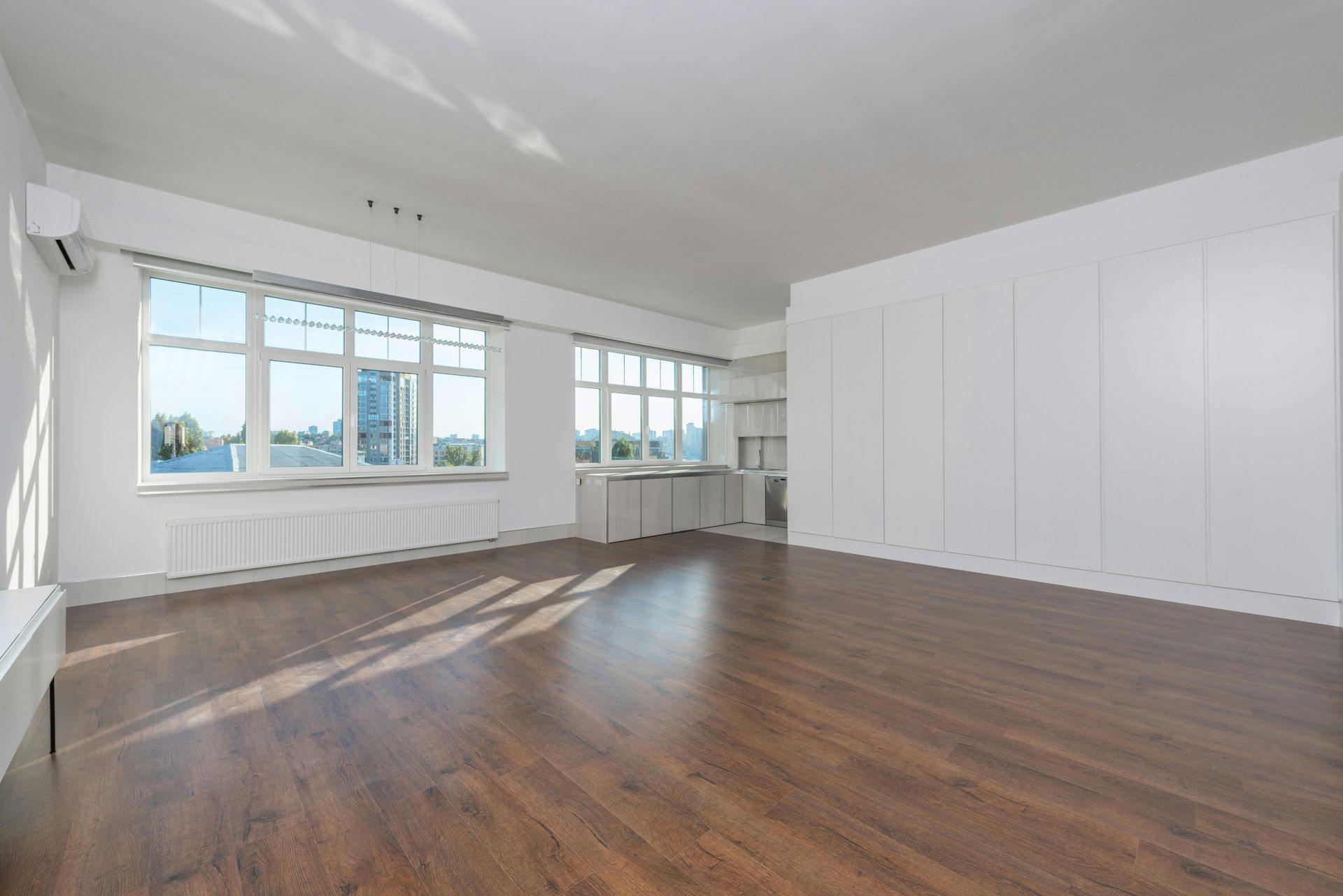Understanding Wood Floor Refinishing Costs in Madison, WI

Wood floors add timeless elegance to any home, but over time, they can lose their luster due to wear and tear. Refinishing is an excellent solution to restore the beauty of your wood flooring without the need for a complete replacement. However, understanding the costs involved in wood floor refinishing is crucial, especially for homeowners in Madison, WI. This blog will walk you through the factors affecting Wood Floor Refinishing Costs and what you can expect throughout the process.
What Is Wood Floor Refinishing?
Refinishing wood floors involves sanding down the top layer of the wood to remove imperfections, scratches, and old stains. After sanding, a fresh stain or finish is applied to give the wood a new look. The refinishing process typically includes:
- Sanding: Removing the worn-out top layer of the wood.
- Staining: Reapplying stain to enhance or change the wood's color.
- Sealing: Applying a protective coat to extend the floor’s life.
If you’re unsure whether it’s time to refinish your floor, we have an article to help you make that decision.
Factors Influencing Wood Floor Refinishing Costs in Madison, WI
When it comes to refinishing wood floors, several factors can affect the overall cost. Let’s dive into the primary considerations.
1. Size of the Area
The cost of refinishing your wood floor depends on the square footage of the area that needs attention. Larger spaces require more time, labor, and materials, which in turn increases the overall expense.
- Cost Consideration: Homeowners can expect to pay on a per-square-foot basis.
2. Condition of the Flooring
If your wood flooring has deep scratches, water damage, or gaps between the boards, the refinishing process may require additional repairs, which can add to the cost. Floors in poor condition might need more extensive sanding or even partial replacement.
- Cost Consideration: Floors in better condition generally cost less to refinish.
3. Type of Wood
The type of wood used in your flooring also affects the refinishing cost. Some wood species are harder and require more effort to sand and refinish, resulting in higher costs.
- Cost Consideration: Hardwoods like oak or maple are more expensive to refinish than softer woods.
4. Stain and Finish Options
The type of stain and finish you choose can influence the final price. Premium finishes like oil-based polyurethane or eco-friendly, low-VOC finishes may come at a higher price compared to standard options.
- Cost Consideration: Custom finishes and higher-end materials can increase costs but also offer longer-lasting protection.
5. Labor Costs
The cost of labor varies depending on the contractor and their level of expertise. In Madison, WI, hiring professionals with a solid reputation might come at a premium, but it ensures quality work.
- Cost Consideration: Expect to pay higher rates for skilled labor, but this investment will guarantee long-lasting results.
6. Local Market Conditions
Prices for materials and labor fluctuate based on the local market. In Madison, WI, the demand for home improvement services like wood floor refinishing may impact costs, especially during peak seasons.
- Cost Consideration: It's a good idea to compare quotes from multiple contractors to ensure competitive pricing.
Average Wood Floor Refinishing Costs in Madison, WI
Now that we understand the various factors influencing the cost, let's look at the average expenses for wood floor refinishing in Madison.
- Per Square Foot Price: The average cost of wood floor refinishing ranges from $3 to $5 per square foot. However, this can vary based on the factors mentioned above.
- Total Cost for a Medium-Sized Room: For a 300-square-foot room, homeowners in Madison, WI, can expect to pay between $900 to $1,500.
- Additional Costs: Any repairs, premium finishes, or custom staining could push the cost higher, potentially up to $8 per square foot for more complex projects.
Why Hire Professionals for Wood Floor Refinishing?
Refinishing a wood floor is a labor-intensive process that requires the right tools, skills, and knowledge. While it may be tempting to tackle the project yourself, hiring professionals ensures:
- Safety: Proper handling of sanding equipment and finishes.
- Quality: A flawless, even finish without streaks or sanding marks.
- Efficiency: Professionals complete the job faster, minimizing disruption to your home.
How to Choose the Right Refinishing Contractor in Madison, WI
When selecting a contractor for your wood floor refinishing project, consider these factors:
- Experience: Look for professionals with a proven track record in wood floor refinishing.
- Reviews and References: Check customer reviews and ask for references to ensure quality workmanship.
- Licensing and Insurance: Always verify that the contractor is licensed and insured to protect against any potential damage.
- Written Estimates: Obtain multiple quotes and ensure the contractor provides a detailed written estimate.
DIY vs. Professional Refinishing: Which Is More Cost-Effective?
Homeowners often wonder if they can save money by refinishing their floors themselves. While DIY refinishing may reduce labor costs, it comes with risks.
Pros of DIY Refinishing
- Cost Savings: Lower labor costs can save you money.
- Personal Satisfaction: Completing the project yourself can be rewarding.
Cons of DIY Refinishing
- Time-Consuming: The process can take significantly longer without the right tools and experience.
- Higher Risk of Mistakes: Uneven sanding or improper staining can ruin the appearance of your floors.
- Hidden Costs: Renting equipment and purchasing materials may offset any labor savings.
For most homeowners, hiring a professional is the best choice for achieving high-quality results.
Conclusion
Wood floor refinishing is an excellent way to breathe new life into your floors, but understanding the costs involved is essential. By considering the size of the area, condition of the flooring, type of wood, and stain options, you can budget for your project effectively. In Madison, WI, refinishing costs typically range from $3 to $5 per square foot, depending on various factors. While DIY refinishing may seem cost-effective, hiring a professional ensures the job is done safely, efficiently, and with lasting results.
Get more information on wood floor refinishing cost.
FAQs
What is the average cost of wood floor refinishing?
The average cost is around $3 to $5 per square foot, but this can vary depending on factors like wood type, condition, and finishes.
How long does it take to refinish wood floors?
The process typically takes 3-5 days, depending on the size of the area and the type of finish applied.
Can I refinish my wood floors myself?
While DIY refinishing is possible, it is labor-intensive and can result in costly mistakes. Hiring professionals is recommended for quality results.
How often should wood floors be refinished?
On average, wood floors should be refinished every 7-10 years, depending on foot traffic and wear.
What factors influence wood floor refinishing costs?
Key factors include the size of the area, condition of the flooring, type of wood, stain and finish options, and labor costs.







